Interviews
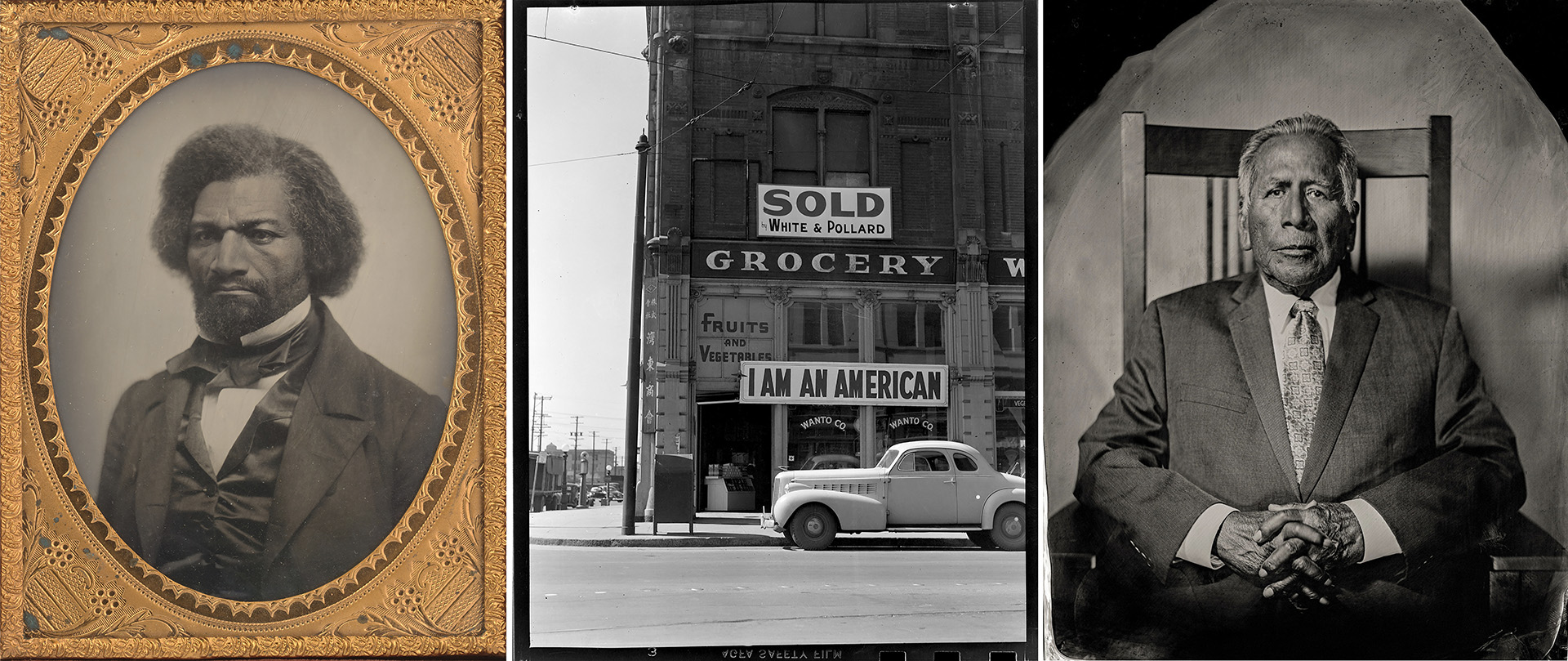
Images: (left) Unidentified Artist, Frederick Douglass, Feb 1818 – 20 Feb 1895 © National Portrait Gallery; (middle) I Am An American, Oakland, 1942 © Dorothea Lange, retrieved from the Library of Congress; (right) Enoch Kelly Haney, citizen of Seminole Nation of Oklahoma, Artist, former State Senator, and Principal Chief of Seminole Nation (2016), Critical Indigenous Photographic Exchange [CIPX], Photo/Synthesis. © Will Wilson, provided by the artist.
All interviews are conducted by Holly Stuart Hughes, Independent Editor, Writer & Grant Consultant, Former Editor-in-Chief, PDN, on behalf of CENTER.
Interviews are organized in alphabetical order by the interview subject’s last name.
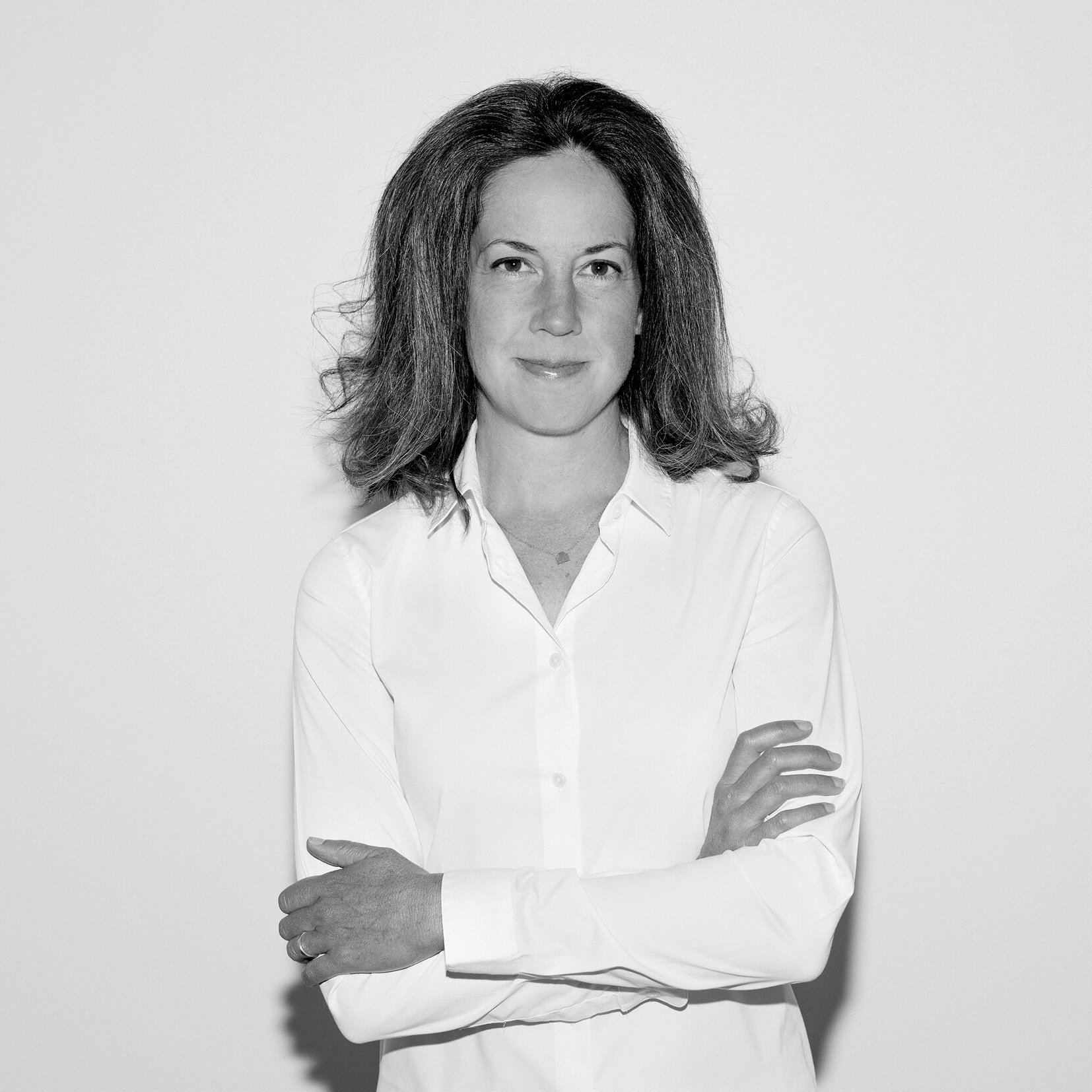
Kim Beil, Ph.D.
ITALIC ASSOCIATE DIRECTOR & LECTURER, STANFORD UNIVERSITY
So Many Cameras, So Many Issues
What are the most significant technological developments that made it possible for almost everyone to own a photograph, and for almost everyone to make a photograph? Those were two separate moments, separated by almost two generations. You would think it would be paper photography and the positive/negative process that made it possible for people to […]
Read Interview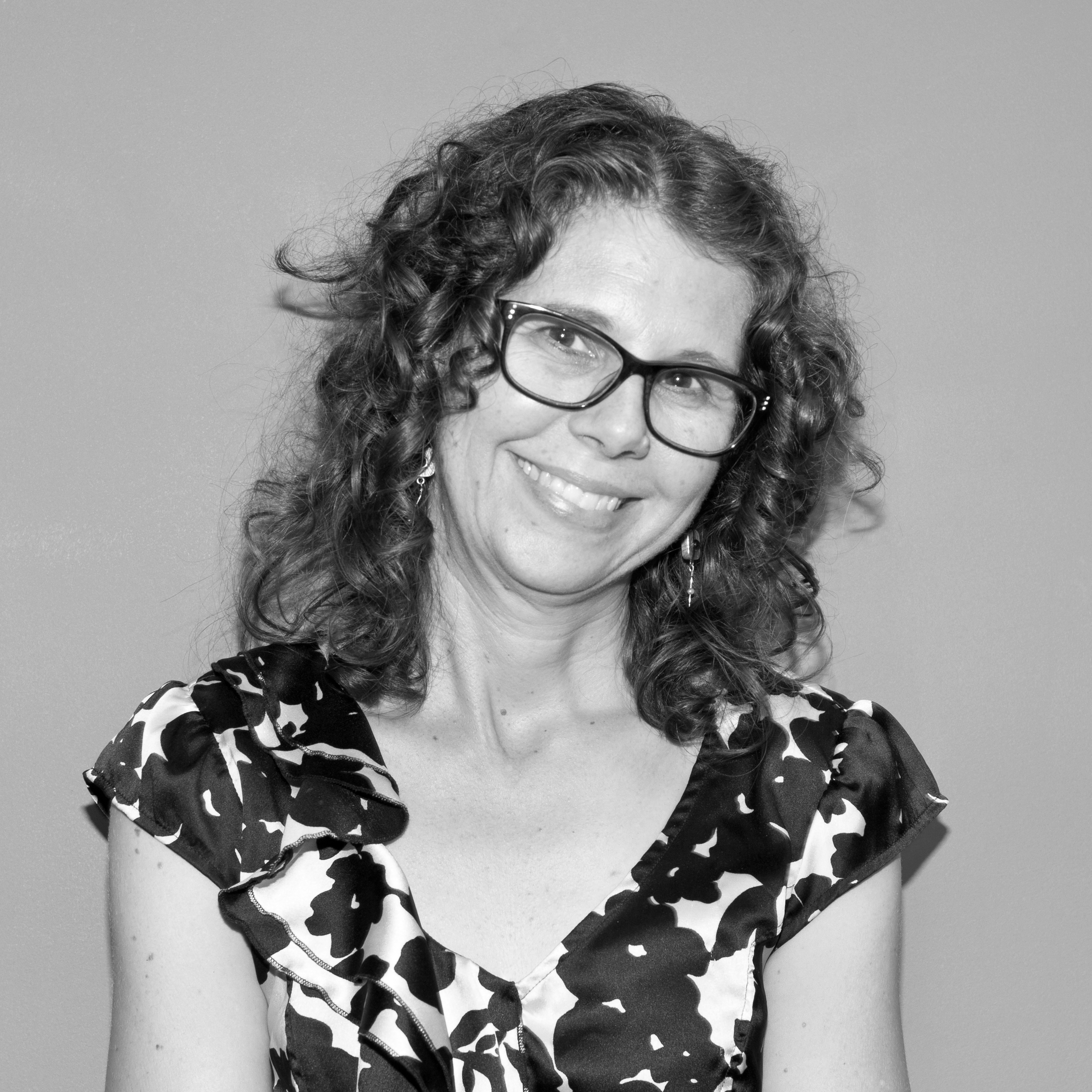
Erina Duganne
PROFESSOR OF ART HISTORY, TEXAS STATE UNIVERSITY
On Artists Call, Arts Activism and Solidarity
Thanks for your work curating the exhibition “Art for the Future: Artists Call and Central American Solidarities”. In your research into the Artists Call archive, what did you learn about the goals or mission of the artists in the group? Artists Call began through the initiation of a Salvadoran exile living in New York named Daniel […]
Read Interview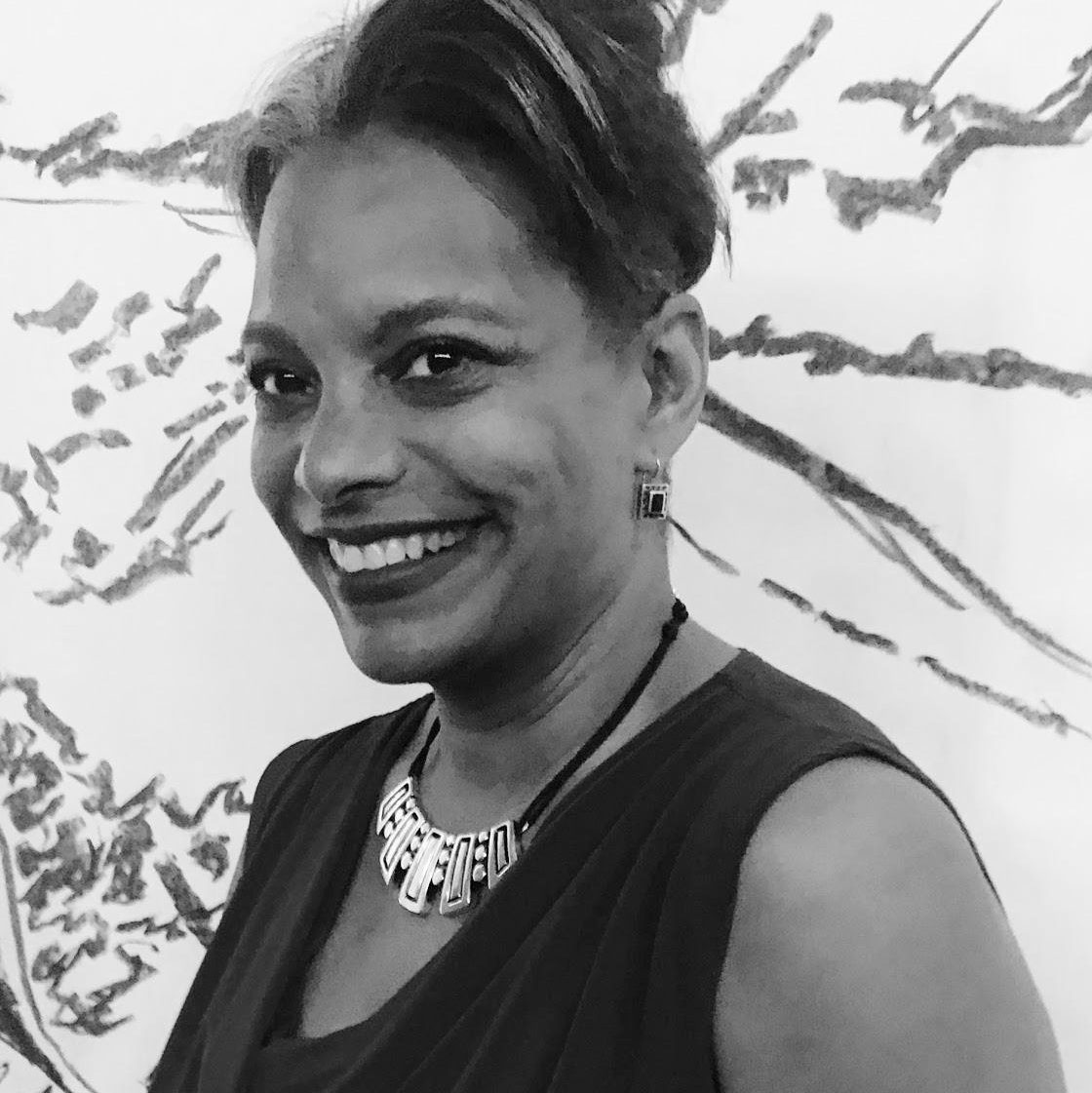
KYMBERLY PINDER, Ph.D.
SCHOLAR, CURATOR, & STAVROS NIARCHOS FOUNDATION DEAN, YALE SCHOOL OF ART, YALE UNIVERSITY
Images of Traumatic Histories
CONTENT WARNING: VIEWER DISCRETION ADVISED – In your essay, you wrote about indelible images from the past that are also traumatizing. For your lecture, how did you choose the images you’ll be showing and talking about? I had agreed to do the essay and lecture over two years ago. The past two years were a […]
Read Interview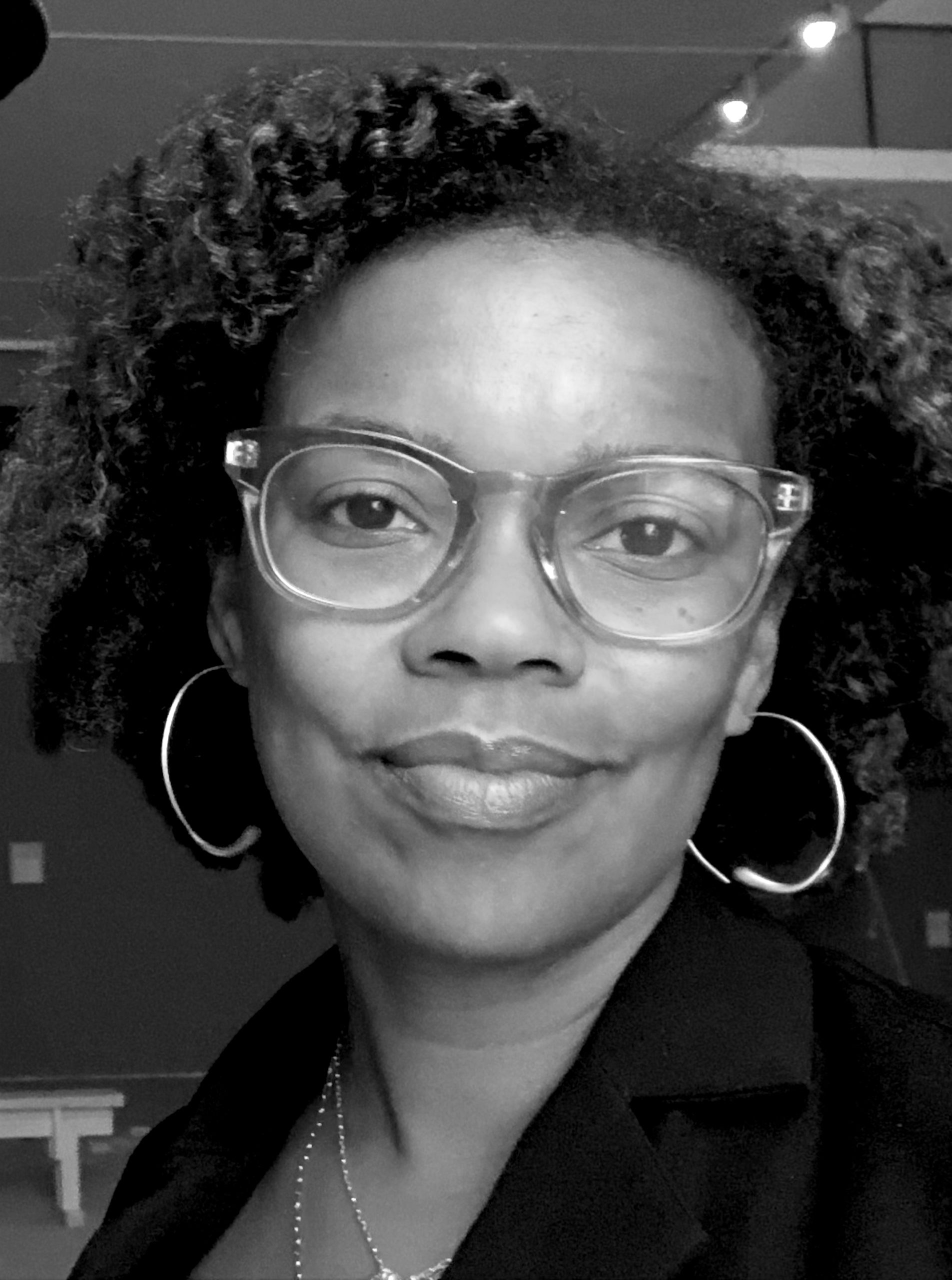
Leigh Raiford, PH.D.
PROFESSOR OF AFRICAN AMERICAN STUDIES, UNIVERSITY OF CALIFORNIA, BERKELEY
How Civil Rights Photos Have Been Used and Remembered
In your book Imprisoned in a Luminous Glare, you note that in the 21st century, we’ve tended to use Civil Rights photographs to illustrate simplistic views, either “then as now,” as if nothing has changed, or “the past is the past.” Can you explain how the movement has been framed, and what these narratives miss? […]
Read Interview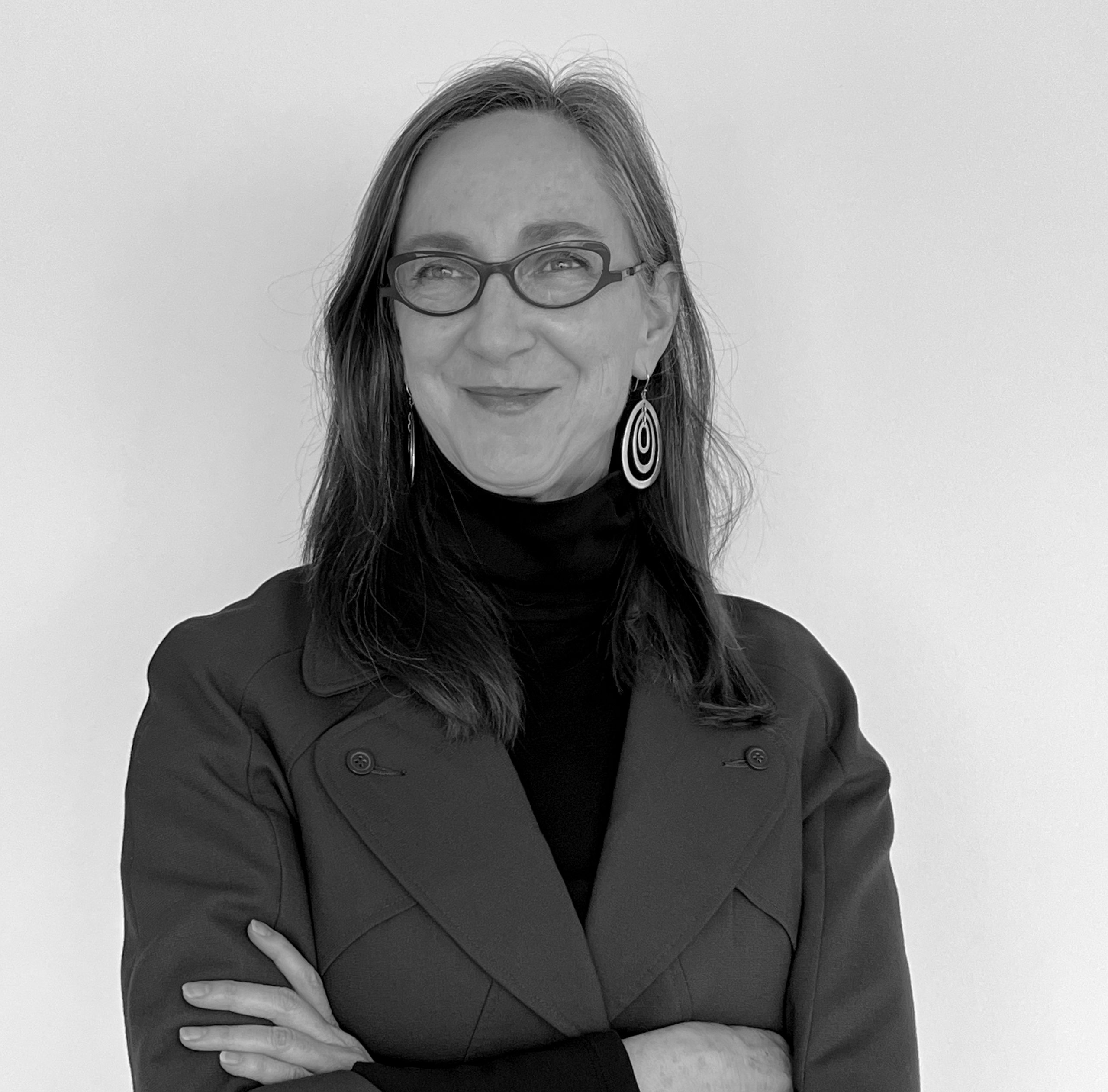
Shawn Michelle Smith
PROFESSOR OF VISUAL & CRITICAL STUDIES, THE SCHOOL OF THE ART INSTITUTE OF CHICAGO
Race, Citizenship, and Self Image in 19th Century American Photography
You’ve written a lot about the history of photography and its relationship to shifting ideas about race, identity, and citizenship in 19th and 20th century America. You’ve also written about African Americans who were making and also commissioning daguerreotypes and cartes de visite before the Civil War. The work of nineteenth-century African American […]
Read Interview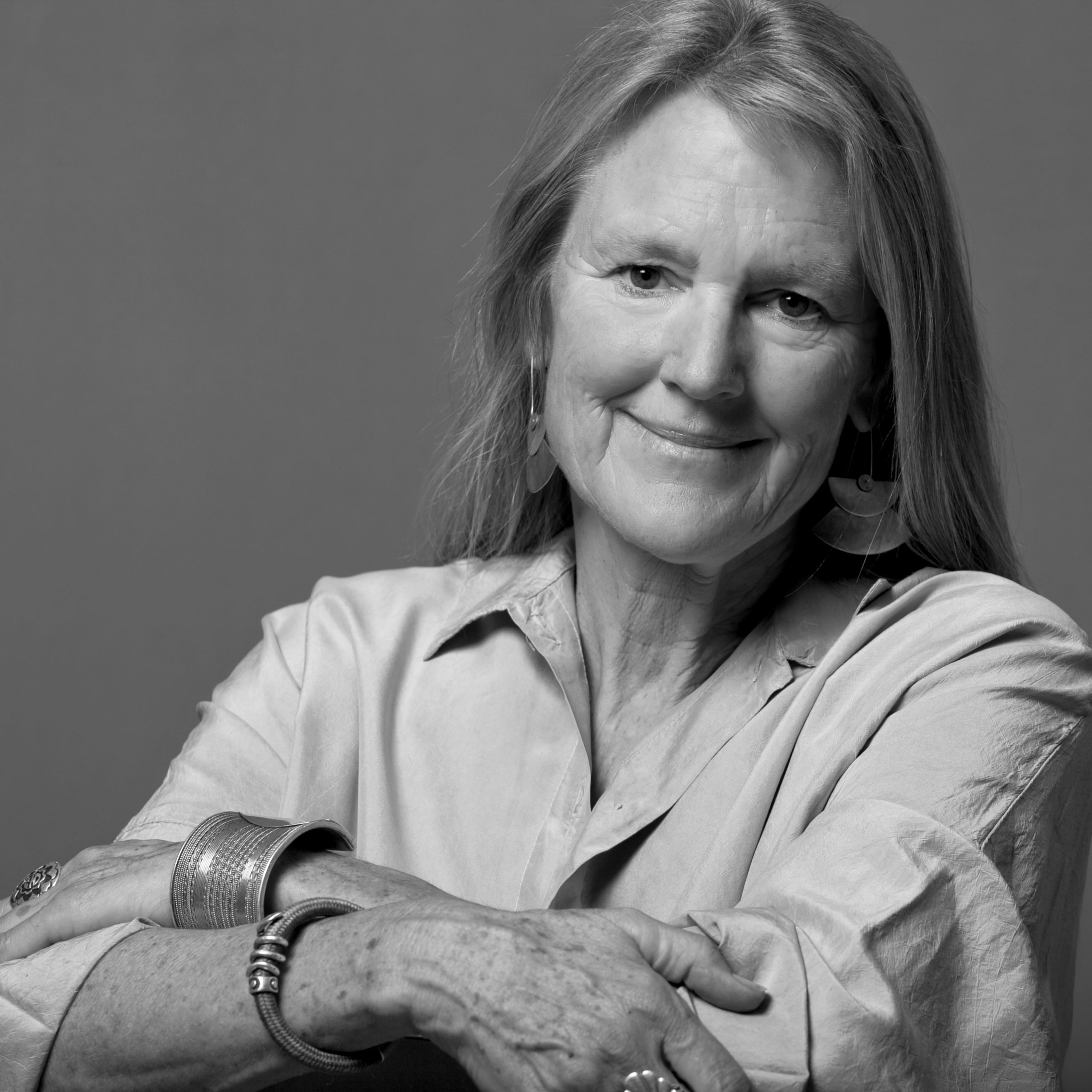
Dyanna Taylor
DIRECTOR, CINEMATOGRAPHER, & DIRECTOR OF PHOTOGRAPHY
Dorothea Lange: Documenting the Depression, Migration, and Forced Relocation
What inspired Dorothea Lange to get out of her San Francisco portrait studio in 1933 and photograph people on bread lines and others affected by the Depression? At that point, she was supporting her husband, Maynard Dixon, the painter, and her two young boys with her portrait work. Her portrait work was innovative and by […]
Read Interview
Leslie Ureña, PH.D.
ASSOCIATE CURATOR OF GLOBAL CONTEMPORARY ART, MINNEAPOLIS INSTITUTE OF ART
Lewis Hine’s Impact on Labor, Immigration, and Photojournalism
Lewis Hine’s photographs of child laborers are often cited as examples of photographs that swayed public opinion or inspired legislation. How did Hine come to work for the National Child Labor Committee, and what impact did his photographs have? Lewis Hine became part of a group of progressive reformers in New York when he moved […]
Read Interview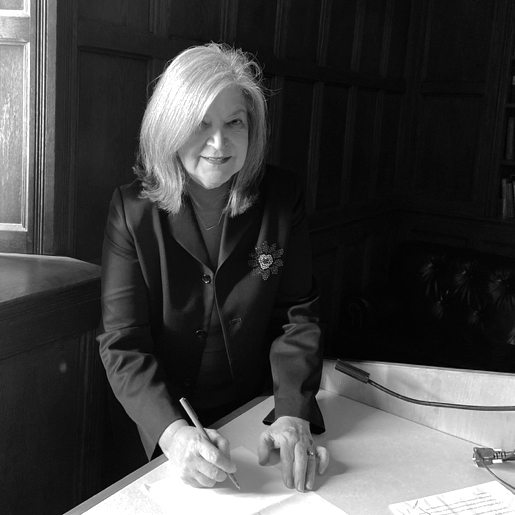
Laura Wexler
CHARLES H. FARNAM PROFESSOR OF AMERICAN STUDIES AND WOMEN'S, GENDER, & SEXUALITY STUDIES, YALE UNIVERSITY
Women, Domestic Images, and Imperial Ambitions
Can you tell us what photos you plan to discuss in your lecture for The Democratic Lens on November 20? I’ve been working in recent years on two long projects on family photographs, and families and photographs. Within that arena, I’m interested in the ways that imagining family life helps restore the nation after the […]
Read Interview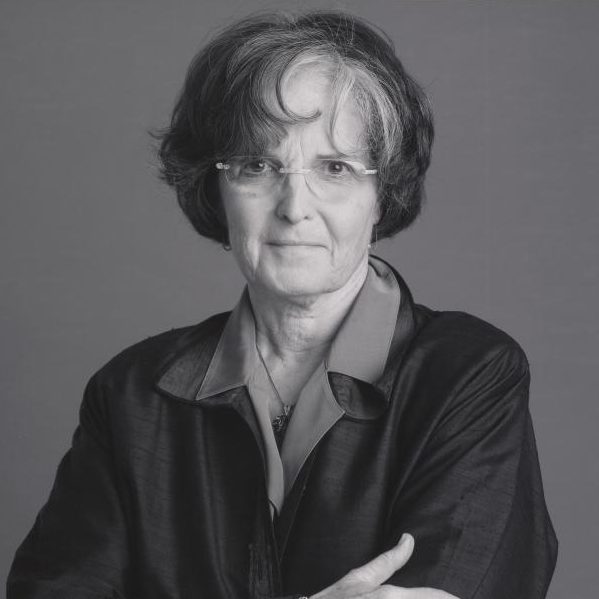
Anne Wilkes Tucker
CURATOR EMERITA OF PHOTOGRAPHY, THE MUSEUM OF FINE ARTS, HOUSTON
On War Photography, and Empathy
In your public lecture on November 20, you plan to talk about “empathy as a perspective.” Can you tell us some of the images you plan to discuss, and what got you thinking about “empathy” in images of war. Let me walk you through the lecture. I’m a curator so I start with the photos, […]
Read Interview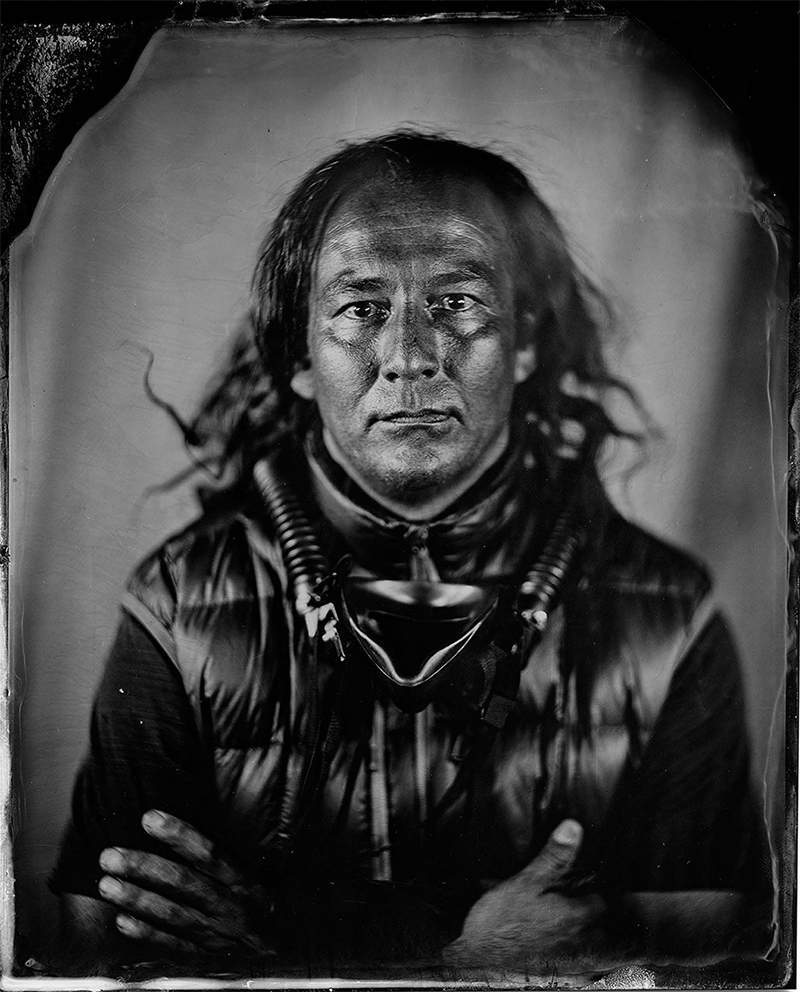
Will Wilson
PHOTOGRAPHER & PROGRAM HEAD OF PHOTOGRAPHY, SANTA FE COMMUNITY COLLEGE
Troubling NDN Pictures: Challenging the Historic Representation of Indigenous People
With your Critical Indigenous Photographic Exchange [CIPX] project and the Talking Tintypes app, you have used a 19th century wet-plate process to make portraits that challenge 19th century representations of Indigenous people. Why did you feel this vintage process was the right medium? The historic wet-plate collodion process evokes history and embeds my contemporary work with meaning that […]
Read Interview